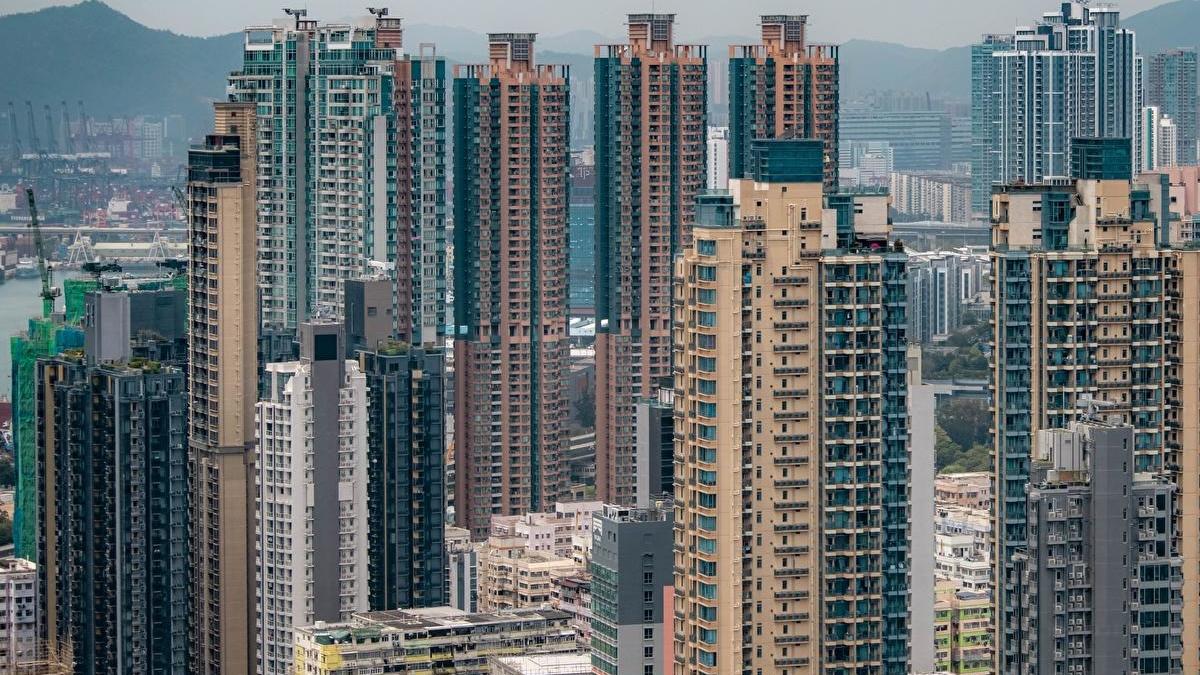
The Hong Kong government is actively exploring ways to promote low-altitude flying activities, and is taking a look at regulations, technical requirements and airspace management with the aim of further propelling high-quality economic development.
This development was announced by Liu Chun-san, acting secretary for Transport and Logistics, at a Wednesday meeting with lawmakers. He also revealed that the government will assign a deputy secretary to coordinate interdisciplinary works with the aim of boosting a low-altitude economy.
According to the central government’s annual work report delivered in March, the nation will actively foster the development of a low-altitude economy as one of its new growth engines. In line with this, many Chinese mainland cities, especially Shenzhen, have launched various measures and policies to support low-altitude flying activities
According to the central government’s annual work report delivered in March, the nation will actively foster the development of a low-altitude economy as one of its new growth engines. In line with this, many Chinese mainland cities, especially Shenzhen, have launched various measures and policies to support low-altitude flying activities.
In reply to a lawmaker’s inquiry about what the Hong Kong government’s plans are for moving in this direction, Liu said that a low-altitude economy can bring emerging development opportunities to the SAR, and the city is favorably positioned for low-altitude development .
In terms of infrastructure facilities, Hong Kong’s spectrum supply and network coverage on mobile radio communications networks, including commercial 4G and 5G networks, can adequately support general operations with unmanned aircraft.
ALSO READ: Low-altitude economy poised for takeoff
Hong Kong’s Telecommunications Ordinance also does not impose any restrictions in areas related to the development of a low-altitude economy and related applications.
Additionally, the city’s new large-scale land development projects, such as the New Development Areas of the Northern Metropolis and the Kau Yi Chau Artificial Islands, will provide a large amount of land and space for the development of a low-altitude economy.
However, as Hong Kong's airspace and geographical environment are relatively complex, the government must ensure that flying activities are conducted in an orderly and risk-controlled manner, Liu said.
The International Civil Aviation Organization hasn’t yet formulated international standards or recommended practices for Advanced Air Mobility (AAM). The HKSAR government will consider reviewing the existing civil aviation regulations and other relevant legislation and regulatory regimes, to ensure that the operation and application of AAM in Hong Kong is in accordance to the law, Liu said.
READ MORE: ‘Low-altitude’ economy brings benefits
With an expected increase in low-altitude flying activities, the Civil Aviation Department is in discussions with the industry over further promoting and expanding the use of small unmanned aircraft under the framework for the existing Small Unmanned Aircraft Order.
Last year, Shenzhen initiated the first local industry-related legislation on promoting a low-altitude economy. It also has attracted leading enterprises from within this field to operate related businesses in the city. These include Meituan, a well-known Chinese mainland food delivery platform, SF Express, and Lilium, a German aerospace company.



